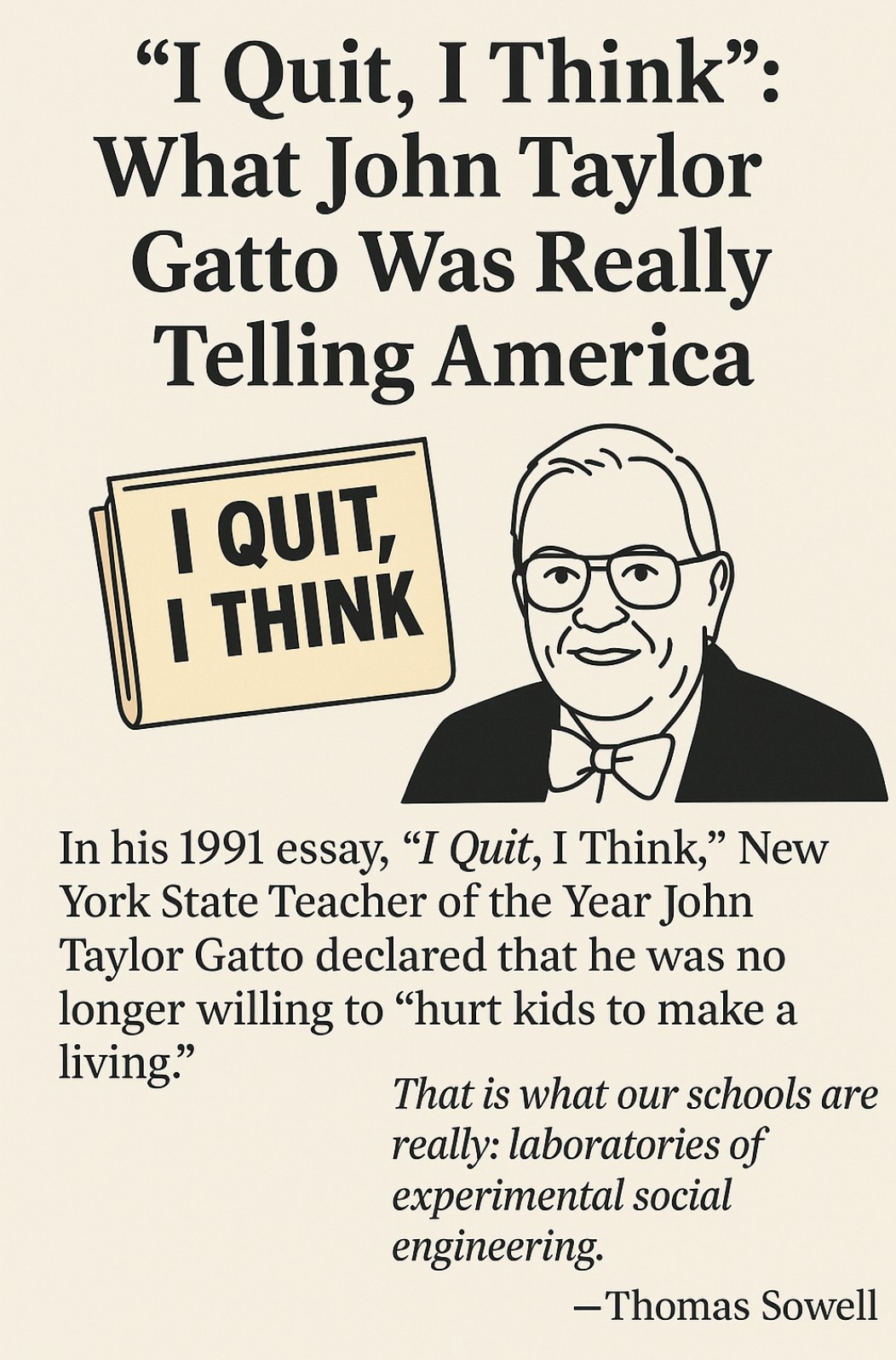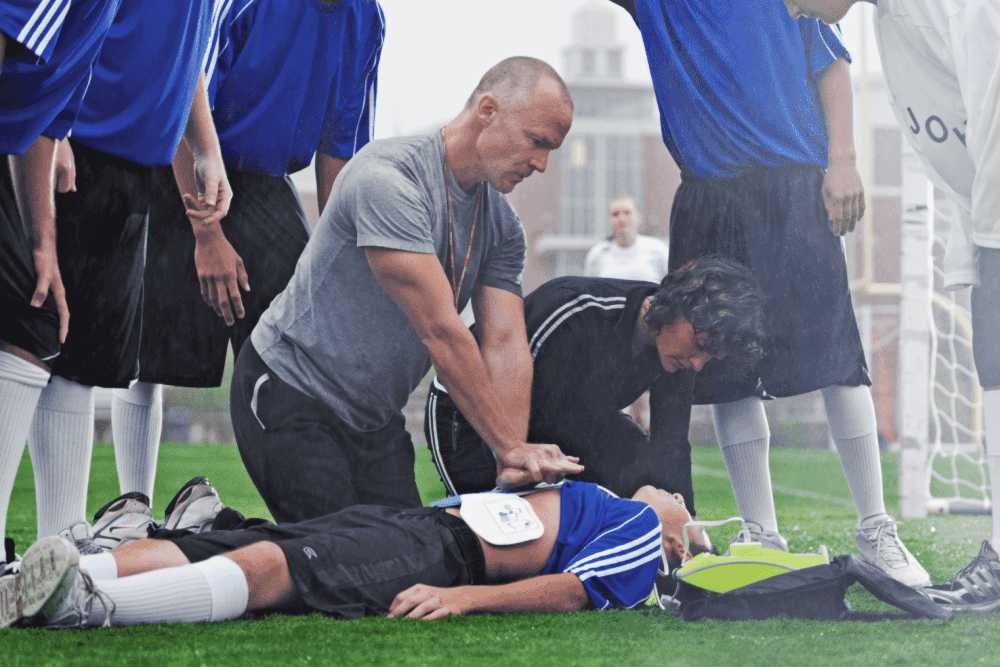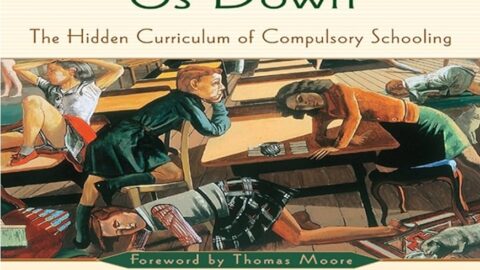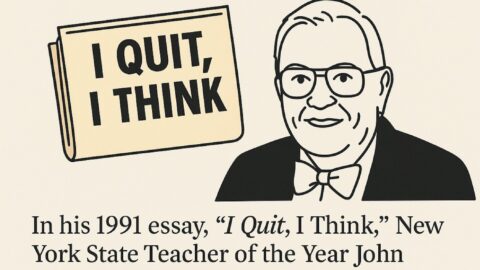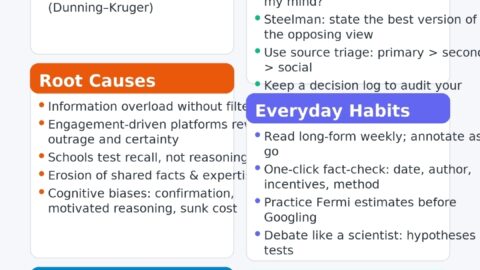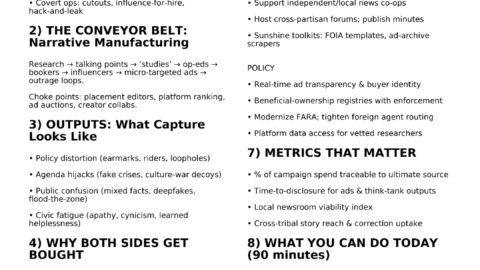“I quit, I think.” With that sideways confession, John Taylor Gatto didn’t just leave a job—he blew a whistle on a machine. He had lived inside it long enough to know its gears: the bells that slice time into obedience, the grading that trains for approval, the curriculum that substitutes memory for meaning. Gatto wasn’t a cynic throwing stones from the outside; he was an award-winning teacher on the inside who refused to confuse compliance with education. He saw the good—the hungry minds, the rare mentors, the sparks that leap when a child meets a real idea—and he saw the bad—the factory habits, the quiet war on family and community, the slow erosion of wonder. Then he told the truth.
To me, Gatto stands in the line of the Stoics and the classics he loved—closer to Aristotle than to the educrats; closer to Socrates than to standardized tests. He kept asking first-principle questions: What is a human being for? What does it mean to cultivate virtue, judgment, and liberty? What does a school do to a child’s natural development—attention, curiosity, conscience—when it treats them like raw material for an economy or a state? His answer was unsettling: our system often trains docility instead of courage, dependency instead of self-command, and performance for strangers instead of responsibility to one’s own.
I felt that disturbance long before I could name it. Around the time of my divorce, when everything else in life was being tested for truth or treachery, I found Gatto. I was pleading with my wife to reconsider putting our kids into the “public education system.” I lost that battle—and I believe my children lost something, too. Gatto gave words to what my gut already knew: institutions can be polite and polished and still be misaligned with human flourishing. He taught me that loving your children sometimes means resisting the machinery that promises to “prepare” them while quietly unforming their souls.
This article is my attempt to surface what Gatto was really telling America: that schooling and education are not synonyms, that freedom is a craft learned by practice—not a credential—and that parents, neighborhoods, faith, and meaningful work are the true classroom. If we want citizens rather than subjects, creators rather than consumers, we must rebuild education around reality, responsibility, and the dignity of the child. Gatto didn’t merely quit; he invited the rest of us to start.
When New York State’s 1991 Teacher of the Year published his resignation letter—“I Quit, I Think”—in The Wall Street Journal, it landed like a thunderclap. John Taylor Gatto didn’t walk away because he disliked children or feared hard work. He walked because, after twenty-six years in public classrooms, he believed the structure of compulsory schooling was hurting kids—systematically, predictably, by design.
What Gatto revealed in that short, combustible letter: the hidden curriculum he believed schools actually teach, the social philosophy beneath it, why reforms keep failing, and what he urged Americans to do instead.
The Hidden Curriculum: What School Really Teaches
Gatto’s most shocking claim is also his simplest: the official curriculum (English, math, science) matters far less than the unofficial lessons the institution drills into children every day. He lists them bluntly—“confusion, class position, arbitrary justice, vulgarity, rudeness, disrespect for privacy, indifference to quality, and utter dependency.”
- Confusion: The day is chopped into brief, disconnected periods; subjects don’t cohere into meaning. Students learn that knowledge is fragments, not a living whole.
- Class position: Tracking and labels (“remedial,” “gifted,” “special ed”) teach children where they supposedly fit on a social pyramid—and to accept that placement as fate.
- Arbitrary justice: Students are rewarded or punished less for character and craftsmanship than for compliance with procedures, paperwork, and timing.
- Indifference to quality: Bells end thought mid-sentence. When the clock rules, depth becomes a liability.
- Dependency: Kids learn to wait for instructions, signals, rubrics—someone else to tell them when to start, stop, and what counts.
- Loss of privacy: Constant surveillance normalizes the idea that personal space, reflection, and dissent are suspect.
- Vulgarity and rudeness: Not as an intention, but as a side-effect of a machine that interrupts, sorts, and shouts down real conversation.
He’s not saying bad teachers cause this. He’s saying the structure does.
The Pyramid and the Priesthood: The Social Philosophy Beneath Schooling
Gatto uses two metaphors to describe the system’s operating system.
- The Pyramid: He calls the blueprint “Egyptian”—built on a belief that human value is scarce and stacked into a narrow peak. That creed later acquires “scientific” clothing in the bell curve, suggesting that talent and intelligence distribute themselves by an iron law. In this cosmology, schools don’t cultivate every child; they sort them.
- The Priesthood: School, he says, functions like a church for that belief. Teachers become clerics performing rituals (tests, grades, credentials) that keep heresy—unstandardized, unpredictable growth—at bay. The more formal the profession becomes, the more it must mystify what ordinary people can do on their own: read, argue, build, apprentice, self-educate.
The result? Schooling serves institutional interests—jobs, contracts, political order—over children’s growth. That’s why well-funded “reforms” arrive, fade, and leave the machine intact. You can repaint a factory; it’s still a factory.
Labels That Stick: How Sorting Shrinks Children
Gatto illustrates the cruelty of premature labels with two kids: David, who reads at four, and Rachel, who reads at nine. In normal development, by thirteen you can’t tell who started earlier; the five-year spread disappears. But the system can’t wait for human variation to even out.
- David gets trained to depend on authority to tell him when to go and stop—talent micromanaged into compliance.
- Rachel gets branded “discount merchandise”—a case for “special education”—and risks being locked into that place forever.
His point is not that kids never need extra help. It’s that the institution’s timeline and categories are sacred myths that flatten human variety to preserve the temple of schooling.
“There isn’t a right way to become educated,” he writes. “There are as many ways as fingerprints.”
The Family Under Siege
One of Gatto’s most provocative warnings: compulsory schooling weakens families by monopolizing “the best times of childhood” and subtly teaching children to distrust home as the center of value. If every important decision—what to read, when to move, how to judge your own work—happens elsewhere, then authority quietly migrates from family and community to bureaucracy and credential.
This isn’t an attack on teachers; it’s a critique of a system that outsources the formation of judgment, habits, and culture to institutions that can only manage, not love.
Why Reforms Don’t Reform
Gatto watched waves of reform—longer years, more money, new standards—crash and recede without moving the shoreline. Why?
- Schooling is a jobs-and-contracts ecosystem. Too many interests rely on its predictability.
- Uniformity is the idol. Standardization promises fairness but enforces sameness; it treats human development like an assembly line.
- Measurement replaces meaning. When what’s measurable (seat-time, test scores) stands in for what matters (judgment, character, mastery), the metric colonizes the mission.
If the factory is the problem, better parts won’t fix it.
What He Wanted Instead
Gatto’s exit wasn’t nihilism. It was an invitation.
- Choice and risk. “Good schools don’t need more money or a longer year; they need real free-market choices, variety that speaks to every need and runs risks.” Variety means different tempos, ages, mentors, methods, and aims—not one national curriculum with one national test.
- End credential worship. “We don’t need state-certified teachers to make education happen—that probably guarantees it won’t.” He’s arguing for competence and character over paper permissions, for apprenticeship and demonstrated mastery over bureaucratic seat-time.
- Local, lived learning. Real work for real audiences; time with adults who do things; whole books, primary sources, community projects; mixed-age groups; public exhibitions instead of secret scores.
In short: shrink the institution, enlarge the apprenticeship, and return responsibility to families and local networks.
What Americans Can Do (Starting Now)
Parents
- Reclaim time. Guard hours for unhurried reading, making, conversation, and sleep. Protect kids from the tyranny of constant assignments.
- Build a mentor web. Help your child spend time with craftspeople, librarians, nurses, coders, mechanics, artists—adults who practice real competence.
- Keep a portfolio. Save artifacts of real work—essays, builds, performances, service—and let your child present them publicly. Portfolios outlast GPAs.
- Co-ops and microschools. Pair up with families to create study circles, book clubs, project days, fieldwork, and apprenticeships.
Teachers (inside the system)
- Trade points for performances. Replace some tests with debates, publications, exhibitions, and client work.
- Collapse silos. Launch cross-disciplinary projects and mixed-age mentorship.
- Narrative feedback. Offer detailed conferences and letters, not just numbers; help students revise toward craftsmanship.
- Use the town as campus. Partner with local institutions; broker one mentor per student per year if you can.
Policymakers
- Fund students, not systems. Let resources follow families into diverse models—charters, co-ops, apprenticeships, part-time programs.
- End seat-time mandates. Certify mastery and public demonstration rather than hours in a chair.
- Deregulate apprenticeships. Make it easy and safe for teens to learn real trades and civic roles.
- Stop testing worship. Use sampling audits and juried exhibitions to check quality without hijacking the curriculum.
The Hardest Part: Trust
Everything Gatto asks for assumes something our system rarely grants: trust—in families, in adolescents, in teachers as artisans, in communities as classrooms. Trust doesn’t mean naivete. It means giving real responsibility and accepting that growth is uneven, idiosyncratic, and human.
He wasn’t romantic about how difficult this is. He simply believed the costs of the alternative—lifelong dependency, learned helplessness, the quiet death of curiosity—are higher.
Why His Letter Still Stings
Gatto’s resignation still circulates because it names what many feel but can’t articulate: that school often teaches children to wait, not to learn; to fit, not to become. He called that out not to burn it all down, but to clear space for schools—and families—that cultivate judgment, courage, craftsmanship, and freedom.
He ended with an almost sheepish line: “If you hear of a job where I don’t have to hurt kids to make a living, let me know.” It reads like a joke, but it’s really a challenge. Our task isn’t to find such work for one brave teacher; it’s to build such work for millions of children.
The question his letter leaves us with is the only one that matters: Will we keep reforming the factory—or will we finally replace it with places where young people learn to think, choose, build, and live as free human beings?
John Taylor Gatto: I Quit, I Think — Saint Kosmas Orthodox Education

